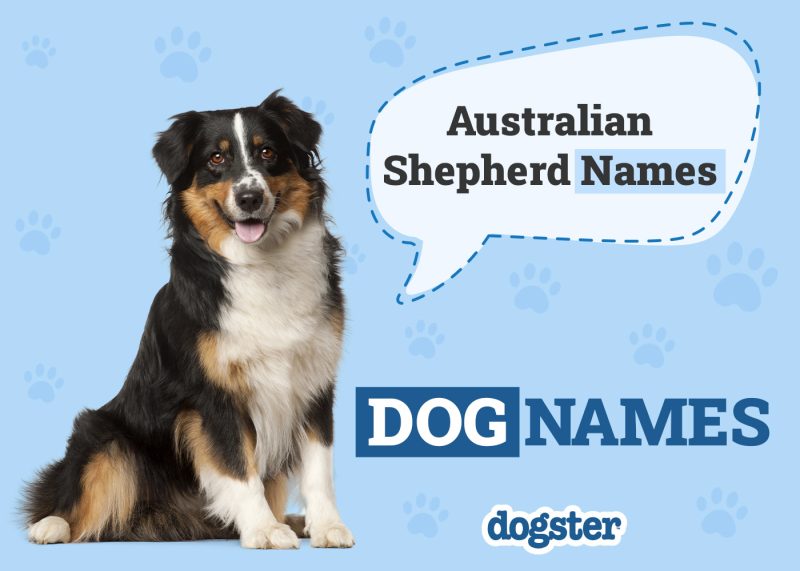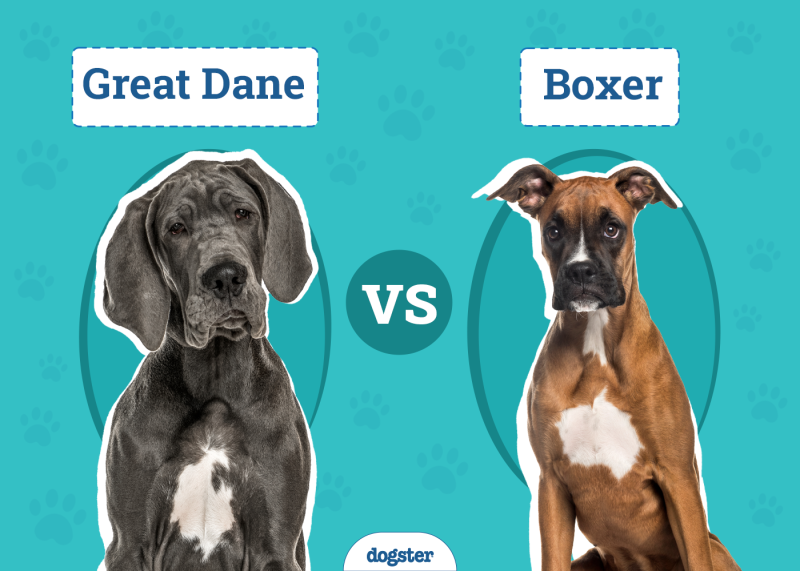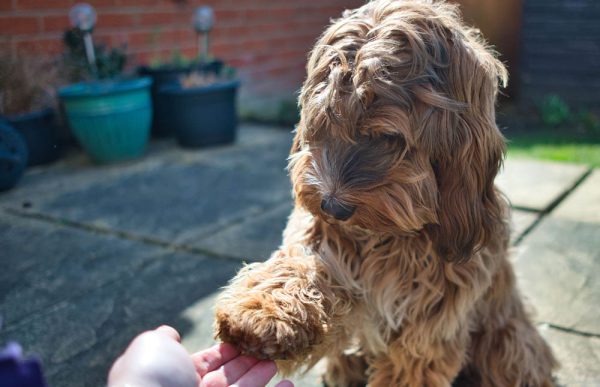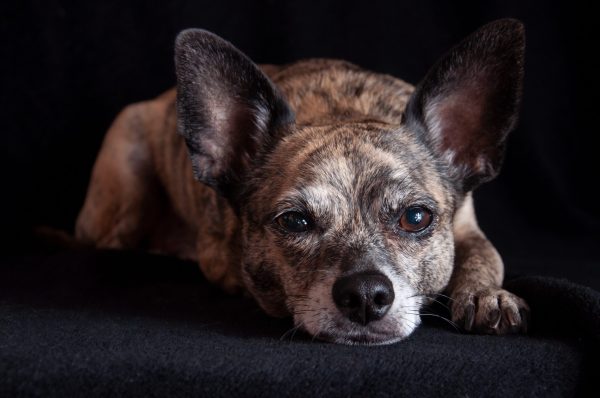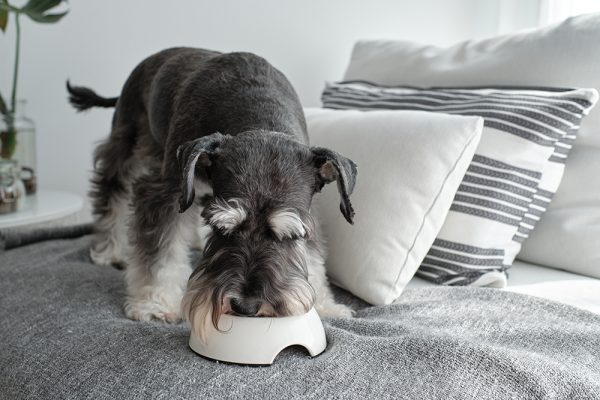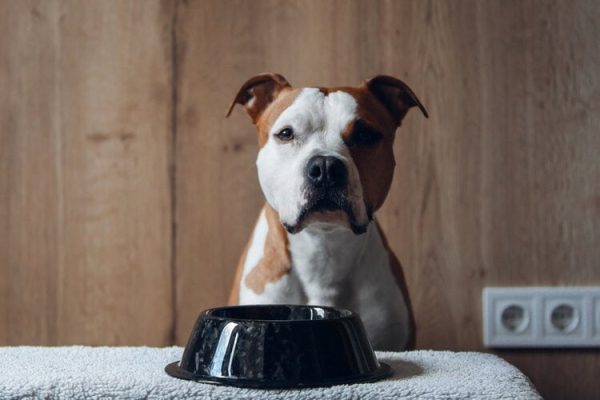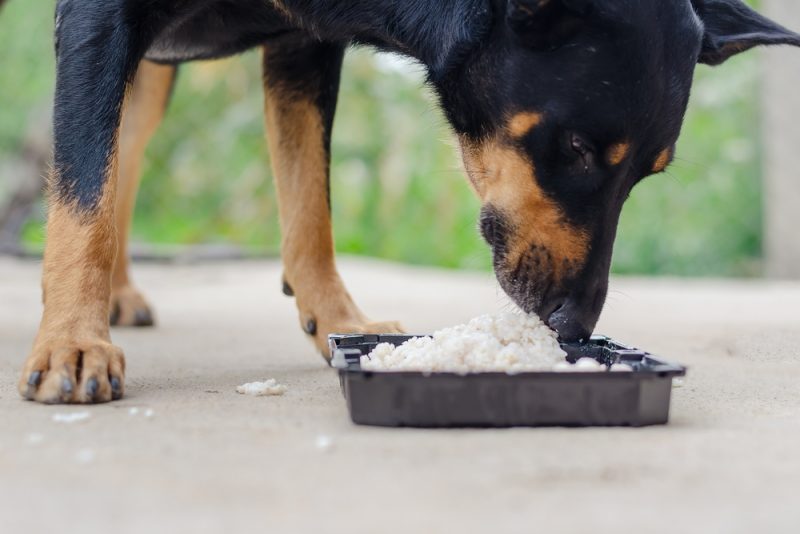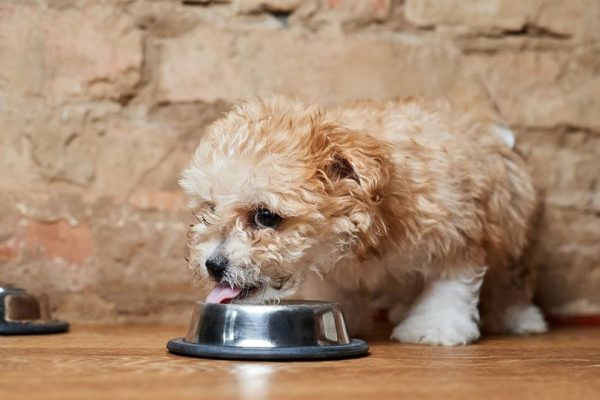If you currently live in or are thinking of moving to a place where coyotes are prevalent, you are likely worried about protecting your dog from harm. Unfortunately, coyotes are especially threatening to small pups. That said, no dog, no matter their size, is immune to coyote attacks.
Therefore, you’ll need to take steps that will help keep your pet safe from coyotes, especially during the mating and birthing seasons. Here are a few tips to follow.

How Dangerous Are Coyotes to Dogs?
Coyotes don’t typically seek out dogs to attack them. Rather, they tend to attack because they feel threatened, they are trying to protect their young offspring, or they’re trying to get food and are willing to fight for it. Unfortunately, humans have encroached on so much of the coyote’s natural habitat that they have no choice but to learn to live near us. They must then do what they feel is necessary to survive.
Just how much danger a coyote poses to a dog depends on various factors, such as the reason for the attack, the size of the dog, and the health and ability of each animal involved. Coyotes can be dangerous to all dogs, no matter their size, just by making contact with them, as they can carry parasites and diseases that can infect other canines. They can also easily kill small, senior, and unhealthy pups. Ultimately, coyotes can pose a great risk to our pet dogs.

The 7 Tips on How to Protect Dogs From Coyotes
1. Always Utilize a Leash
Always keep your dog on a leash whenever you are outside of a secured space to help reduce the risk of confrontations with coyotes. If a dog sees a coyote, they may try to approach the wild animal, which could start a serious fight that could end in disaster. A leash will help keep your pup by your side so you can maintain control if you do come across a coyote (or a pack of them) on your ventures. Most of these animals are afraid of humans, though, so if you keep your dog by your side, they’ll be less likely to approach.
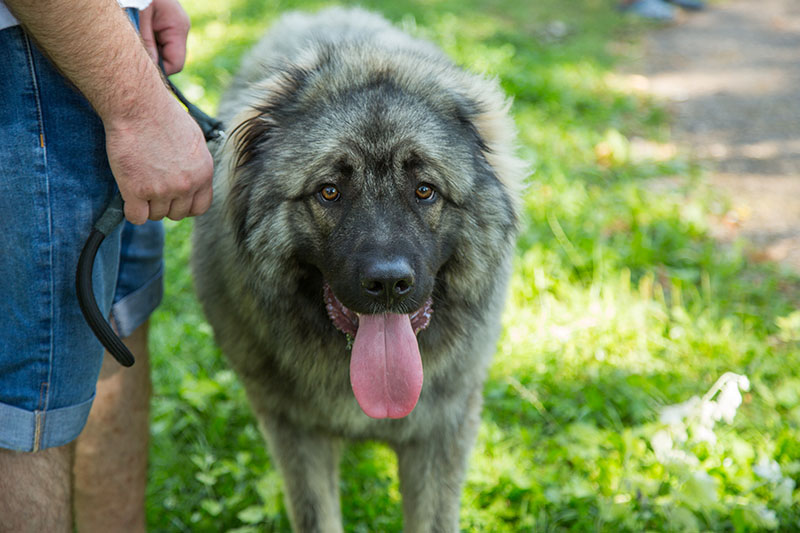
2. Keep Your Property Free of Temptations
Coyotes are attracted to anything that they can consume as food, whether it’s growing out of the ground or rotting in a garbage can. So, make sure your property always remains free of coyote temptations if you don’t want them coming around and bothering your pets. Ensure that any outdoor garbage cans can be sealed with a solid lid. You might even want to add locks, just in case. Keep food compost in a locked bin too.
Coyotes aren’t too interested in open spaces where there is nowhere to hide, so they are attracted to protective-looking habits. Keep your garden clean by pulling overgrown foliage and picking up loose branches. This will also help ensure that there’s no place for a coyote to hide.
3. Keep Up on Poop Patrol
The scent of your dog’s poop laying around the yard can attract coyotes. You should try to pick up your dog’s poop at least once a day, but the more often you do it, the less attractive your property will be to coyotes.
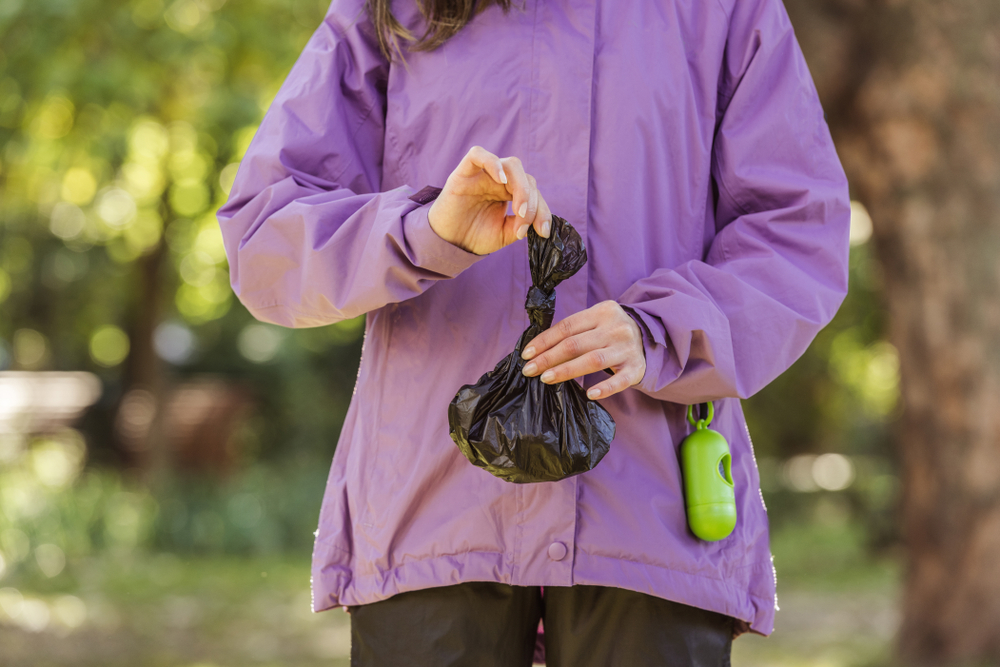
4. Invest in Tall Fencing
Investing in the right types of fencing is crucial for effective coyote protection for dogs. A fence can keep coyotes from getting in your yard so your pup can enjoy the space without threat. However, not just any fence will do. Coyotes can climb or jump higher than you think, so a coyote-proof fence will need to be at least 8 feet tall. It should also be embedded into the ground by at least 12 inches. Since this type of fencing is so intrusive, you may want to consider just having only a small part of your yard fenced for the dog and kids to play in.
5. Brighten Things at Night
Coyotes tend to stay away from lights because lighting exposes them, so attacks may be less likely if you install motion-sensing lights that brighten the area of your property where your dog uses the bathroom and spends the most time outside. You may also want to install a video camera so you can keep an eye on activity that happens while you’re sleeping, just so you’re aware of whether coyotes are regularly coming around.
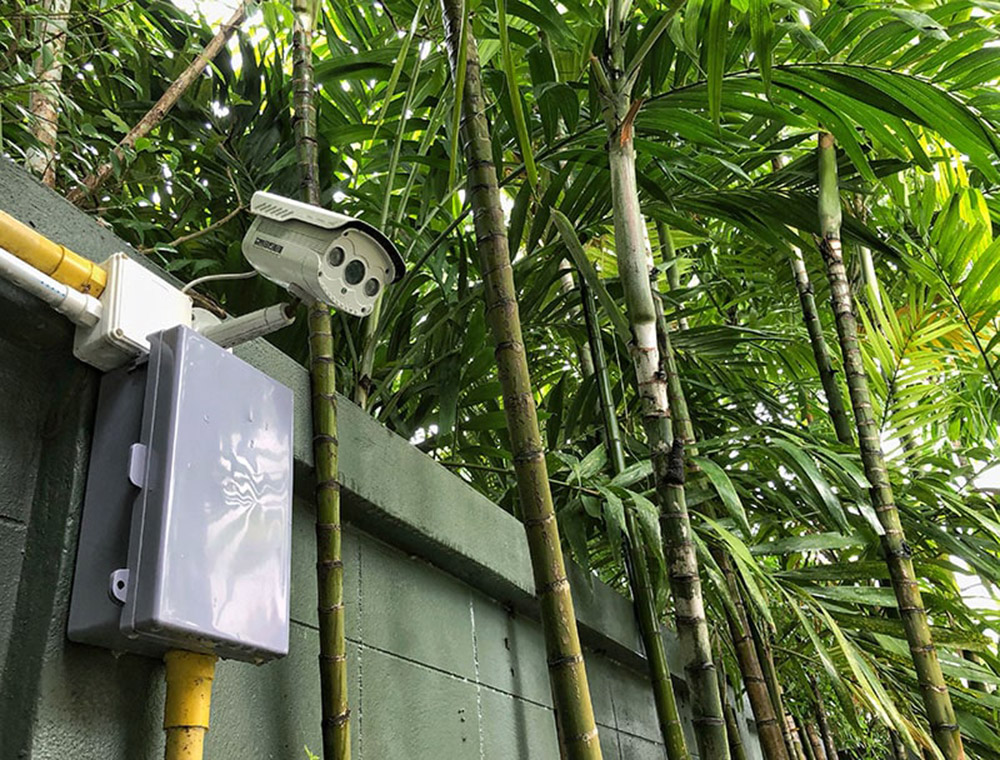
6. Stay on Top of Reporting
Report any sightings of coyotes near your property and in your community whenever they happen. By doing so, you can help your local government create reports that residents can use to know where coyotes have been sighted and where they are most concentrated, so they don’t go unknowingly wandering around with their dogs in those areas.
7. Minimize Unsupervised Time Outdoors
There is a better chance that you can scare a coyote away than your dog can, so it’s a good idea to never allow your dog to spend time outdoors unsupervised unless they’re safe behind a coyote-proof fence. Even then, you should never be far away. If you are not home or can’t be outside to supervise, your pup should be in the house or contained in a completely enclosed kennel that coyotes cannot break into.
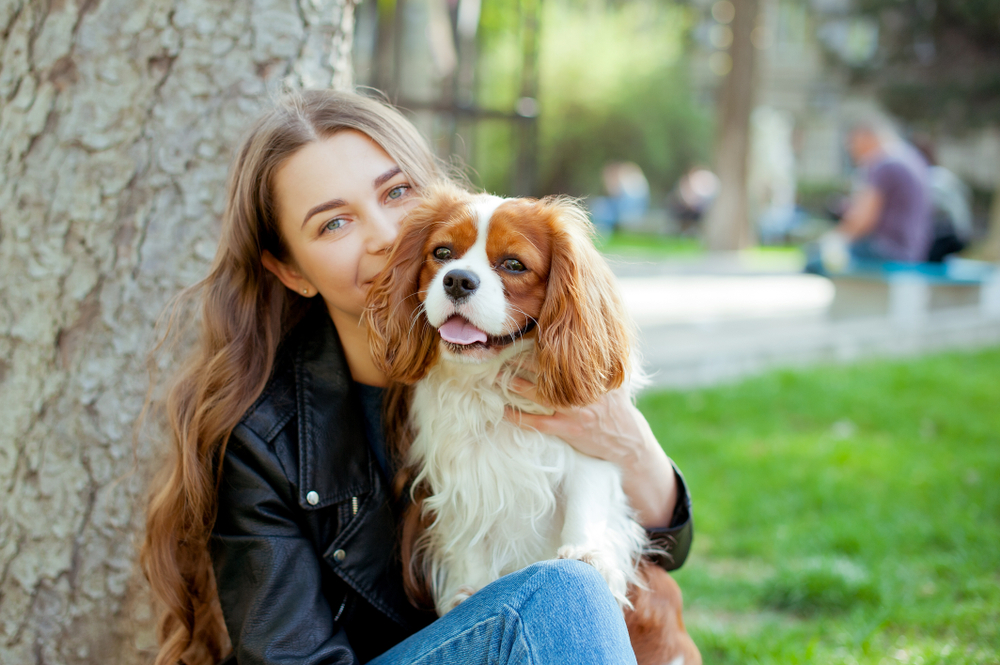

Conclusion
Coyotes can be a danger to dogs, especially when there are no humans around to help manage the situation. Fortunately, there are several things that you can do to help protect your dog, and the more techniques you put into place, the better. If you’re ever in doubt, talk to a local coyote specialist for recommendations for options for coyote protection for dogs that will meet your needs.
See Also:
Featured Image Credit: Gayleen Froese, Shutterstock


